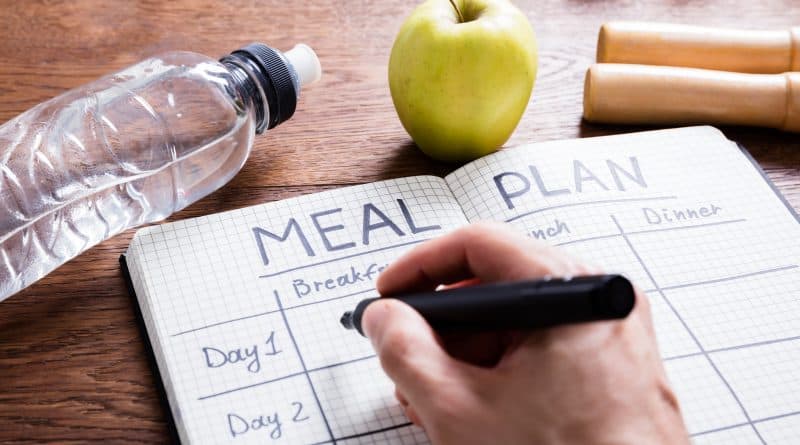How To Design A Personalized Weight Loss Plan
Losing weight and keeping it off are long-term commitments that may require you to make various changes in your current lifestyle. You may need to modify your meals or routine to achieve the body you want. However, hastily doing so may cause more harm than good.
Before you create your weight loss plan, you should determine what your body needs to remain healthy. Cutting out certain food groups from your current diet or performing exercises your body can’t handle may lead to health complications or injuries. Thus, it’s vital to know the safest method to tone your physique.
Tips For Designing Effective Weight Loss Plan
Here are tips to aid you in creating a weight loss plan that works:
#1. Get A Health Checkup
Before you begin your fitness journey, it may be best to visit a professional first and determine your current fitness level. You can schedule a checkup to get a comprehensive analysis of your health and body composition. A full-body scan can provide you valuable information you can use to create a good weight loss plan.
For example, you can check your calorie expenditure and recommended daily intake to know how much you can eat per day to aid your weight loss. Furthermore, you can check if you have any health problems like high blood pressure you need to monitor once you start your weight loss plan.
Once you figure out the requirements of your body, you can start preparing for your weight loss journey. You can find the most suitable applications or equipment to help you improve your physique safely. For example, you can use applications like Signos or read published articles on healthy weight management to help you lose weight effectively.
#2. Plan Your Meals
One crucial aspect of losing weight you should pay attention to is your diet. The amount of exercise you do won’t matter if you don’t modify your meals. Hence, it’s vital to plan your food intake once you decide to shed some pounds.
Contrary to what some diet fads promote, you don’t need to eliminate certain products from your meals completely. You can try healthier and less restrictive options to ensure you still feel satisfied while following a specific diet.
For example, you can switch out some ingredients you use in cooking to keep your calorie intake under control. If you enjoy eating pasta or rice, you can try low-carb alternatives like squash or cauliflower instead. These products can provide you the same texture and consistency with fewer calories.
Furthermore, you can try to determine which food items cause problems in your digestive system. Some products you currently enjoy may hinder you from performing your daily activities with ease. If you’re not feeling well, you may end up skipping your exercises or feel less motivated to follow your fitness plan. For instance, if you always feel bloated after consuming dairy products, it may be best to switch them to plant-based alternatives to see if you’ll feel an improvement.
If your body is in good condition, you’ll find it easier to perform your daily tasks and keep up with your fitness regimen.
#3. Find Exercises You Love
When creating your weight loss plan, you should consider different factors that may affect your progress. For example, if you set unrealistic schedules or expectations, you may feel too pressured to lose weight. Hence, it’s advisable to consider your current lifestyle and environment when personalizing your fitness plan.
You may find it easier to improve your physique if the workouts you do are things you enjoy. If you love spending time outside, you can try activities like hiking or cycling. On the other hand, if you prefer staying indoors, you can apply for a gym membership or follow video exercises at home.
Doing workouts you love will help keep you motivated throughout your journey. You may even look forward to your next session if you genuinely enjoy the physical activities you incorporate into your fitness plan.
In addition, you should remember to schedule your sweat sessions at your most convenient time. For example, if you have commitments in the morning, it may be best to exercise in the evening. Likewise, if you have limited free time, you can try to figure out some alternative exercises you can do to remain active like walking to work instead of riding a car. These minor modifications in your daily routine can significantly contribute to your weight loss journey.
Final Thoughts
Designing an effective weight loss plan doesn’t need to be complicated. You can create a routine that works for your body as long as you understand your needs and goals. Try to consult a physician before you change your routine to ensure you won’t experience any health complications. Also, try to modify your fitness plan while considering your preferences so you can follow it without any problems.
I am Abhishek Kumar, I have done my master’s in Biotechnology. My most preferred genre of writing is Health, Environment, Entertainment, and sport. I have been writing from the past 4 years about blogs, articles, and web content. I am working as a professional blogger. I enjoy socializing a lot. Apart from all this, I enjoy watching movies, web series, cricket and exploring nature makes me happy.



